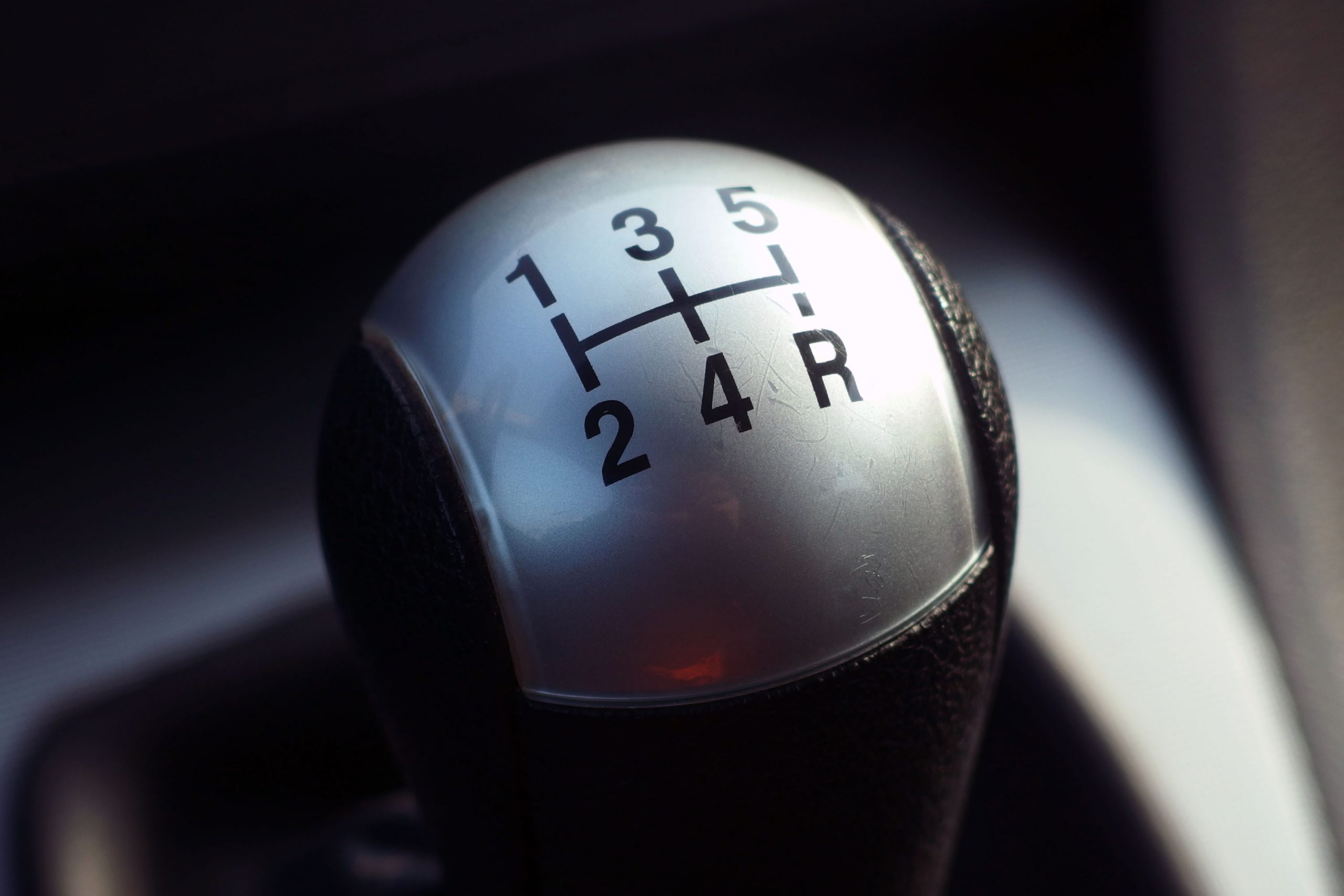While many are excited at the prospect of decriminalizing marijuana, provisions attached to the reforms are certainly a buzz kill for those of us who prefer evidence-based policy. According to the planned legislation, one trade-off for decriminalization will be increased latitude for law enforcement to crack down on so-called drug impaired driving. The proposal would allow for roadside saliva tests if an officer suspected impaired driving from marijuana. A positive saliva test would mean reasonable and probable grounds for an arrest and implementing the Drug Recognition Expert (DRE) testing regime.
The DRE Testing Regime and Marijuana
Unfortunately for policy makers seeking to punish those whose driving is impaired by marijuana, the roadside saliva testing will only funnel more people into a flawed battery of tests. Under the DRE regime, police may require the driver to perform divided attention tests (for example, the walk-and-turn test) as well as examine the driver’s blood pressure, temperature, pupil size, pulse, muscle tone, and search for injection sites.
Despite the DRE name, none of the DRE tests are known to produce evidence that driving is impaired by marijuana.[1] The divided attention tests – tests that are reliable for picking out impairment due to alcohol – do not provide evidence that driving is impaired by marijuana. The reason for this gap in the evidence is twofold: First, marijuana affects the nervous system more selectively than alcohol does. Second, unlike alcohol, studies do not exist to correlate impaired driving due to marijuana and poor performance on the divided attention tests, so poor performance on the divided attention tests due to marijuana is not known to correlate with impaired driving.
Those seeking to reduce the number of impaired drivers on the roads often point to the apparently high rate of drivers, post-crash, with evidence of marijuana use in their toxicology reports. However, some studies have shown that, after adjusting for alcohol consumption, youth, and being male – factors well known to be correlated with higher crash rates – the increased rate of crashes for drivers with evidence of marijuana use disappears.[2]
Perhaps those who use marijuana stay home and eat poutine while impaired. Perhaps those under the influence of marijuana don’t drive any worse than the rest of us. Without more research, one thing we do know that the DRE’s evidence lacks the scientific basis necessary for a conviction for driving under the influence of marijuana.
If you have been charged with driving under the influence of marijuana and are looking for representation, call us at 416 975 1700.
[1] A Massachusetts District Court judge found as much. The findings are currently under review by the Massachusetts Supreme Judicial Court. See Commonwealth v. Gerhardt, SJC-11967 (http://www.ma-appellatecourts.org/display_docket.php?dno=SJC-11967). The Supreme Court of Canada has not put the Court’s imprimatur on the legitimacy of these tests: “The scope of the DRE’s expertise is in the application of the prescribed 12-step evaluation, not in its scientific foundation.” R. v. Bingley, 2017 SCC 12 para. 22.
[2] Compton, R. P., & Berning, A., Drug and Alcohol Crash Risk, Traffic Safety Facts Research Note, U.S. Department of Transportation and National Highway Traffic Safety Administration (Feb. 2015) at page 8. Available at https://trid.trb.org/view.aspx?id=1343066.


